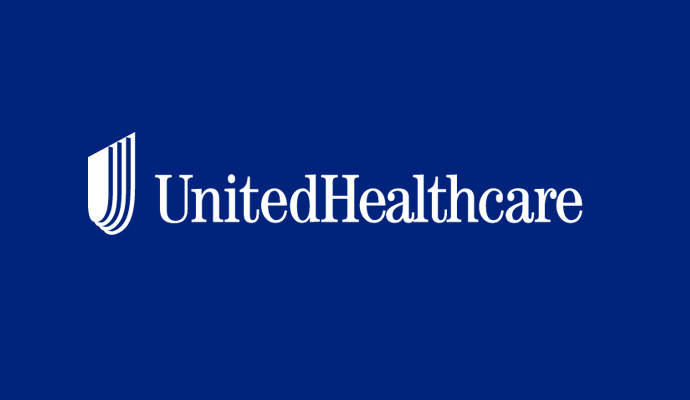UHC Changes Emergency Department Claims Evaluation Protocols
Starting in July, the payer will provide coverage for emergency department claims only if they are deemed to be emergent, in an attempt to cut back on healthcare spending.

Source: UHC Logo
- Editor's Note: UHC has delayed implementation of this policy. Find out more here.
UnitedHealthcare (UHC) announced in a network bulletin that it will be changing some of its methods around evaluating whether an emergency department visit meets the standards for coverage.
Starting July 1, 2021, UHC will evaluate emergency department (ED) facility commercial claims using its Optum Emergency Department Claim (EDC) Analyzer to determine if the visit was emergent or non-emergent, a separate fact sheet explained. Claims that are considered non-emergent will receive limited or no coverage from UHC.
“UnitedHealthcare will utilize the Optum Emergency Department Claim (EDC) Analyzer to determine the emergency department E/M level to be reimbursed for certain facility claims,” the fact sheet stated. “The EDC Analyzer applies an algorithm that takes three factors into account in order to determine a Calculated Visit Level for the emergency department E/M services rendered.”
According to the bulletin, ED visits will be assessed based on factors such as the patient’s presenting problem, the intensity of diagnostic services performed, other patient complicating factors and external causes, and more.
The policy will apply to commercial, fully-insured ED facility claims in many states and UHC plans to expand it to more states in the future.
If UHC rules a member’s emergency room visit as non-emergent, the member will have the opportunity to submit an attestation if the visit is consistent with the prudent layperson standard. This standard requires insurance companies to provide coverage for ED care based on symptoms, not on diagnoses.
Once a claim is determined to be non-emergent, the payer will send a notice to the healthcare facility. Members can submit an attestation at UHCProvider.com.
According to a 2019 UnitedHealth Group report, two-thirds of hospital ED visits by privately insured individuals are avoidable, as many visits are for primary care treatable conditions such as bronchitis, flu, nausea, and strep throat.
Seeking help for conditions that are treatable through primary care at the emergency room yields a higher cost than going to an urgent care facility or a physician’s office. The average ED cost for these treatments was $2,032, which 12 times higher than the cost of care at a physician’s office.
Reducing emergency department costs gives UHC the opportunity to potentially save $32 billion each year due to the overuse of EDs for primary care conditions.
UHC’s website provides a resource that encourages members to choose urgent care visits over ER visits and offers financial comparisons.
Some health organizations have taken legal action against payers for not covering emergency room costs. For example, in August 2020, Aetna was fined $500,000 by California’s Department of Managed Health Care for denying emergency room claims.
According to California law, health plans are required to cover emergency room services, unless the health plan can prove that the emergency procedure never took place or if the member did not require emergency care services and reasonably should have known it.
The court found that 93 percent of the claims that Aetna denied should not have been denied under California law.
Rather than limiting coverage, other payers have reduced ED visits and admissions by using value-based care models.
For example, Humana leveraged value-based care models in Medicare Advantage plans, which resulted in lower emergency room admissions, pre-pandemic.
Preventive screenings, coordination with care teams, and effective management of chronic conditions, all aspects included in value-based care, can lead to a lower rate of emergency room visits.
In the past, UHC has worked to cut costs for its Medicare Advantage members by offering $0 copays for telehealth and no prescription drug copays for dual special needs plan members.
